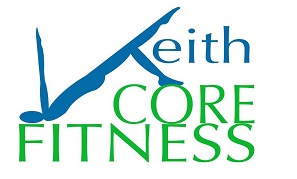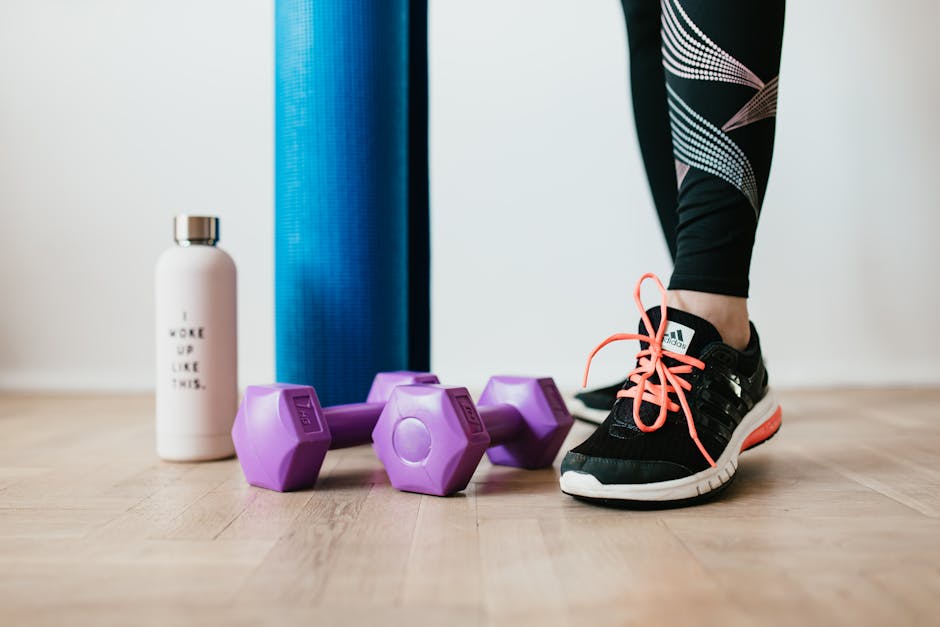Introduction to Pilates
Pilates is a form of exercise that focuses on strengthening your core muscles to improve posture, flexibility, and overall body strength. It is a low-impact workout that can be practiced by people of all fitness levels. Pilates does not require any equipment to get started, but some basic tools like a mat and comfortable clothing can enhance your practice. Whether you are a beginner or an experienced practitioner, Pilates can help you increase your body awareness and achieve a strong, balanced physique.
Benefits of Pilates for Beginners
Pilates offers a range of benefits for beginners wanting to start their fitness journey. Some key advantages include:
- Improving core strength and stability, leading to better posture and balance.
- Enhancing flexibility and muscle tone, resulting in a more sculpted physique.
- Increasing body awareness and mindfulness, helping you focus on the present moment.
- Promoting relaxation and reducing stress through controlled breathing and movements.
Understanding the Essential Equipment
When starting Pilates as a beginner, you may wonder about the equipment you need. The essential items typically include a Pilates mat, which provides cushioning and support for your exercises. A Pilates ball can add variety to your workouts and help with balance and stability. Resistance bands are versatile tools that can increase the intensity of your exercises. Pilates rings are useful for targeting specific muscle groups and enhancing flexibility. Remember, while these tools can enhance your Pilates experience, many exercises can be done without any equipment at all.
Mat vs. Equipment Pilates
Mat Pilates and Equipment Pilates offer different experiences. Mat Pilates is affordable, requiring only a mat, while Equipment Pilates involves specialized machines. Mat Pilates focuses on body weight exercises and is great for beginners to build core strength. Equipment Pilates utilizes machines like the reformer for resistance training, offering more challenge and variety. Which one you choose depends on your preferences and goals.
Choosing the Right Mat for Your Practice
One essential piece of equipment for your Pilates practice is the mat. A good Pilates mat should be thick enough to provide cushioning for your body during exercises and offer enough grip to prevent slipping. When selecting a mat, consider its thickness, material, and texture. Thicker mats can be more comfortable for exercises that involve lying down or kneeling, while thinner mats are better for standing exercises. Choose a mat made of high-quality, non-toxic materials that are durable and easy to clean. The texture of the mat should provide a good grip to help prevent you from sliding around during your workout. Investing in a quality mat will make your Pilates practice more enjoyable and effective.
Overview of Pilates Equipment
You don’t need fancy or expensive equipment to start with Pilates. Beginners can generally get by with just a mat and comfortable clothing. However, as you progress, you may find adding props like resistance bands, Pilates ring, or a stability ball can enhance your workouts. These extra tools can help improve your strength, flexibility, and overall Pilates experience. Remember, the most important thing is to find what works best for you and makes your workouts enjoyable.
Additional Props and Accessories
You don’t need fancy equipment for Pilates, but some props can add variety and challenge to your workouts. Common props and accessories you might encounter in Pilates include resistance bands, magic circles, small balls, foam rollers, and yoga straps. They can help you engage different muscle groups, improve flexibility, and add resistance to your exercises. While these props are not necessary for beginners, they can enhance your Pilates experience as you advance in your practice.
Setting Up Your Pilates Space at Home
Choose a quiet and spacious area in your home for your Pilates practice. Look for a spot with enough room for you to move freely without any obstructions. A clear, clutter-free space will help you focus on your exercises without distractions. Consider placing a soft mat or a Pilates cushion on the floor to provide comfort and support during your workout. Ensure good lighting in the room to help you see your movements clearly and prevent any accidents. Creating a dedicated Pilates space at home will motivate you to stay consistent with your practice and make the most out of your Pilates sessions.
Pilates Safety Tips for Beginners
When starting Pilates as a beginner, it’s essential to keep a few safety tips in mind to prevent injury and get the most out of your workout. Here are some key tips to ensure a safe and effective Pilates practice:
- Start Slow: Begin with basic exercises to build a strong foundation before progressing to more advanced moves.
- Focus on Form: Pay attention to your body alignment and engage your core muscles throughout each movement to prevent straining other muscles.
- Listen to Your Body: If you feel pain or discomfort, stop the exercise and consult with a certified Pilates instructor for guidance.
- Stay Hydrated: Drink water before, during, and after your Pilates session to stay hydrated and aid in muscle recovery.
- Use Proper Equipment: Invest in a quality Pilates mat and any necessary props to support your body and enhance your practice.
- Warm-Up and Cool Down: Always warm up your body before starting a Pilates routine and finish with a cool down to help prevent muscle soreness.
By following these safety tips, you can enjoy the benefits of Pilates while minimizing the risk of injury.



